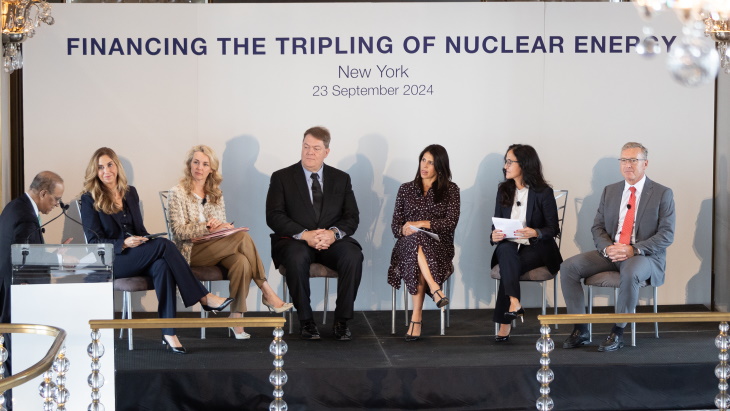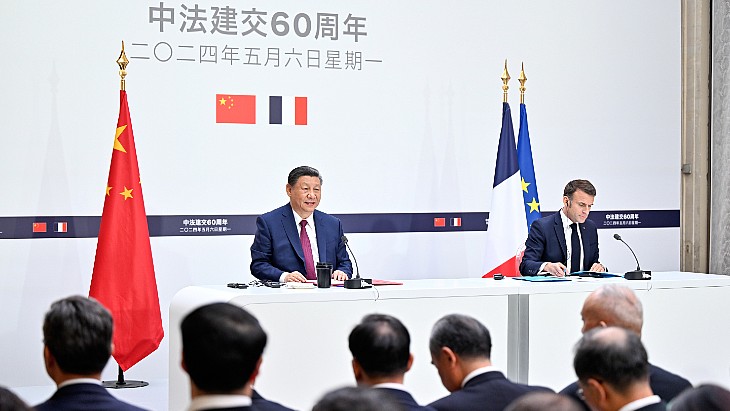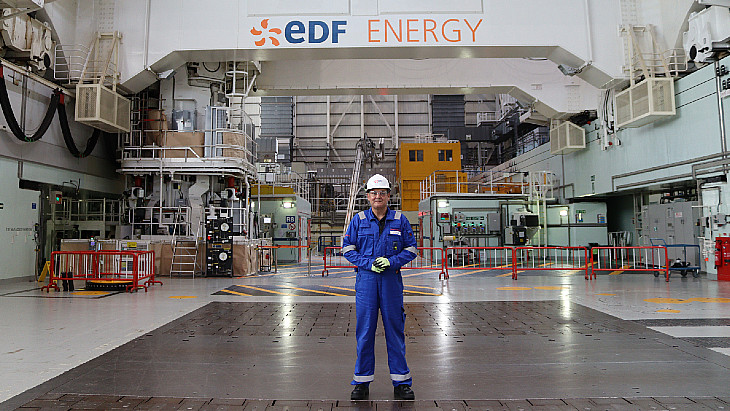Draft law supports Chinese nuclear exports
.jpg)
Under the draft legislation, the state "encourages and supports" enterprises to actively participate in "the development of international markets and promote the export of nuclear power, nuclear fuel and related equipment and technical services". The legislation places strict limits on the export of proliferation-sensitive items and dual-use materials.
As well as encouraging international nuclear development, the draft law stipulates a development policy of establishing a national nuclear fuel cycle system including uranium exploration and mining, the recycling of used fuel and disposal of radioactive waste.
The draft legislation has been drawn up to sit alongside the country's Nuclear Safety Law, which came into effect in January. According to the ministry, it is needed to improve the existing nuclear legal system and to support the development of the industry. The draft law is open for public comment until 19 October.
Mainland China has 43 nuclear power reactors in operation, totalling about 47 GWe, with another 15 under construction. The government's long-term target is for 58 GWe nuclear capacity by 2020, with 30 GWe more under construction. The country has a policy to export nuclear technology including heavy components in the supply chain, with reactor exports based on development of the CAP1400 reactor and subsequently the Hualong One reactor.
Four Chinese-supplied CNP-300 pressurised water reactor units are in operation at Chashma in Pakistan. Two Hualong Ones are under construction at Karachi units 2 and 3 in Pakistan and are scheduled to enter commercial operation in late 2021 and 2022, respectively.


.jpg)










